Stonyfell Quarry in the suburb of Burnside is located 7 kilometres east of the
Adelaide CBD at the eastern end of Stonyfell Road, Burnside, The site is and was one of the most productive quarries in the
Adelaide area, and one of many that proliferated in the
Mount Lofty Ranges during the establishment of the new colony of South Australia. Many quarry sites still exist , some are small rock scars on steep slopes, while other larger sites have been redeveloped or protected by councils within a
park environment.
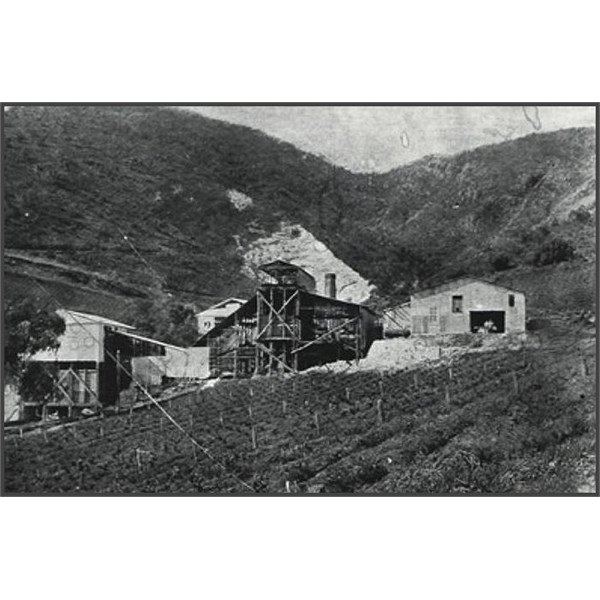
A View Across The Vineyard To Stonyfell Quarry 1921.
The historic Stonyfell Winery, founded by Henry Clark and Joseph Crompton, taken over by quarry operator Henry Dunstan, then H. M. Martin and Son, is one of Australia's oldest. There is also a quarry that has been working since the late 19th century.
One of the businesses Boral now owned, once Quarry Industries had been acquired, was Stonyfell Quarry in the
Adelaide Hills. Establishing the date of the opening of the quarry is no easy task. The Record of Mines summary card from the Department of Mines states that it was opened in 1837 by James Edlin to supply slate and building stone. This would have been on a portion of the land now known as Stonyfell Quarry as various sections of land were used for different purposes over the years. These enterprises began independently and ad hoc, and often went undocumented. There are also several conflicting definitions of the area of Stonyfell Quarry, when differing names and dates surface.
In 1858, Henry Clark purchased a section of what is now part of the Boral quarry. He and his fiancé Annie Martin named the property Stonyfell, after the slopes in England called 'fells'. Here he planted the original Stonyfell vineyard. The principal part of the vineyard was planted in 1860, with 20 acres of Black Portugal grapes, and two and a half acres of muscatels.
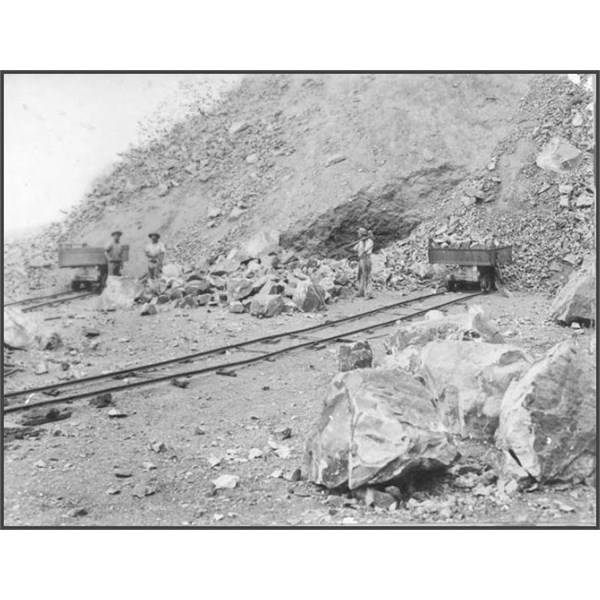
Quarrymen breaking and loading stone into skips c1920
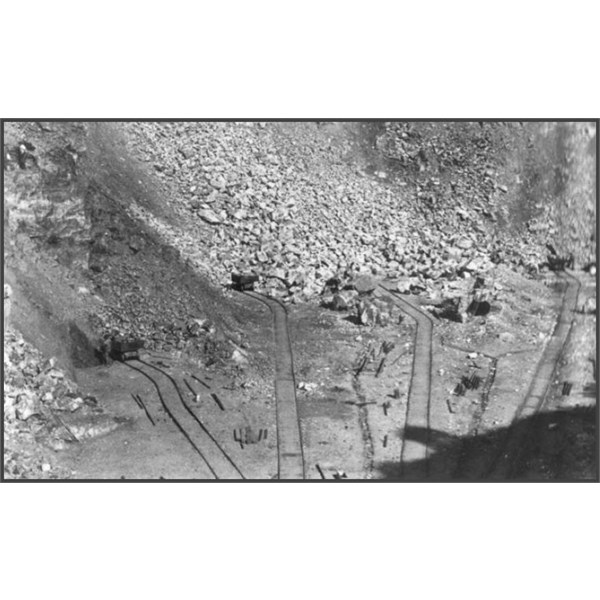
Radiating rail lines into quarry 1917
In 1880 the quarry was worked by hand-mining methods. Secondary breaking of the stone was also done by hand with spalling hammers. In 1881, Henry Dunstan, who by that time owned both the quarry and the vineyard, installed a steam-driven Hope Stone Breaker, and for the first time steam was used in South Australia for crushing stone. This would have gone some way to help meet local demand for metal screenings - aggregate used as a base in tar paving (for council footpaths), roads and concreting. The establishment of the Dunstan Tar Paving and Road Metal Depot at Kensington
Park was equally innovative and timely, being ideally placed for servicing the roads of
Adelaide, particularly the eastern suburbs.
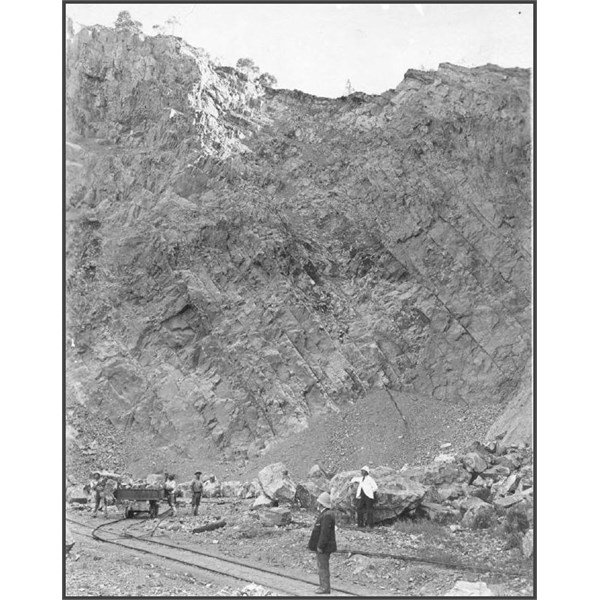
Henry Dunstan (on track), T. A. Keays (in white coat) and Quarrymen c1900
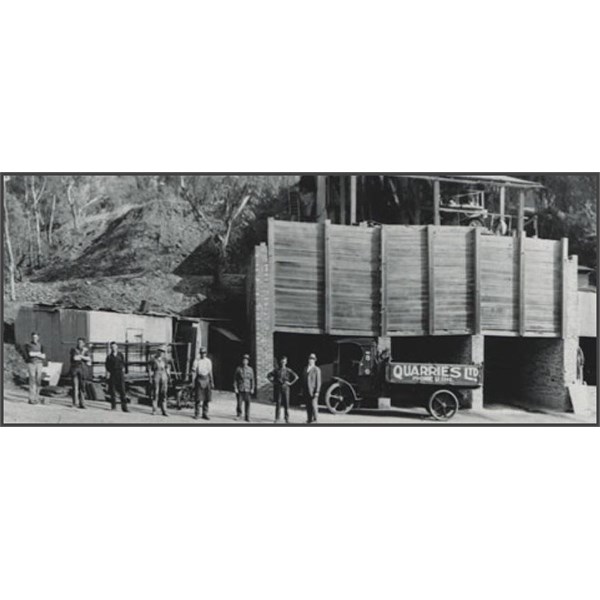
Quarrymen and Quarry Industries truck at Stonyfell Quarry, 1920
It was envisaged that the Hope Stone Breaker would relieve some of the burden of breaking all the stone by hand. However, it did not relieve the men's workload. Production increased with the aid of the crusher, but no one escaped the noise, the continuous knapping (breaking up) of the larger stones, the loading by hand or the dust, heat and rain. These were long days. The men would rise early, don their work clothes and boots (with metal protective plates), and set
forth on foot with lunch bags from their small houses in the surrounding suburbs of Leabrook, Kensington
Park and Magill. They would arrive at the Dunstan sheds and stables, harness the draught horses to wagons and move up to begin their day at the ochre
rock face.
Quarrying was a dangerous business. A
young Canadian, Thomas Keays, who later became an overseer at the quarry, wrote in a letter to his family in 1886: 'Having just got over the Colonial Eye Blight, I received a blow with a stone from the crusher'.
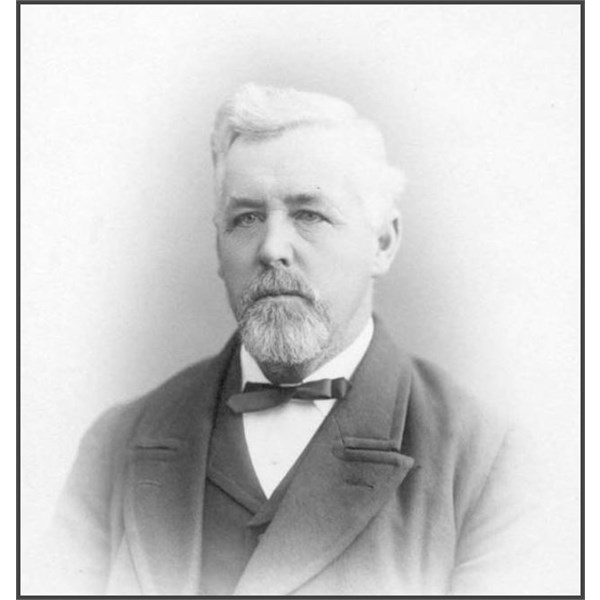
Henry Dunstan pioneer of quarries
It was not unusual for men to be struck by falling or flying stones. Keays wrote of an incident where “a man got his skull cracked here yesterday, a stone from a blast struck him on the head – serious case” (Keays, May 10th 1893). Other accidents occurred, when after long periods of rain,
the rock within the quarry face could become unstable and fall, injuring the quarrymen below. Such a case occurred in 1883 when quarryman Michael O’Neill, while loading a dray was hit on the head by a
large quarry stone that fell from 100 feet above. The blow proved fatal and a verdict of accidental death was proclaimed
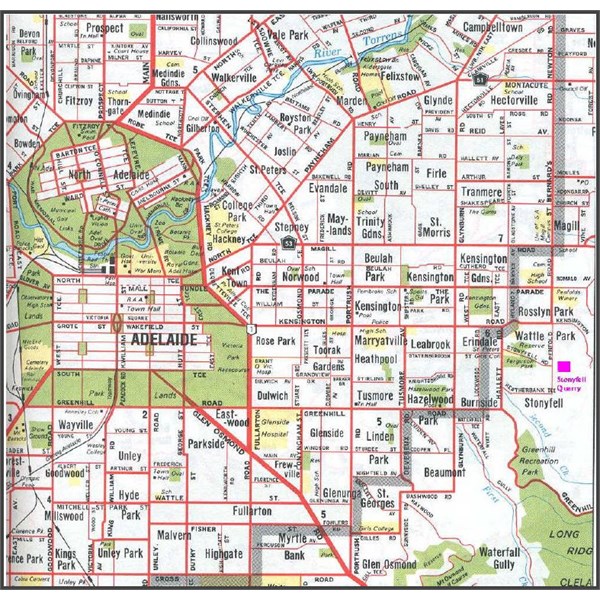
Geographical location of Stonyfell Quarry
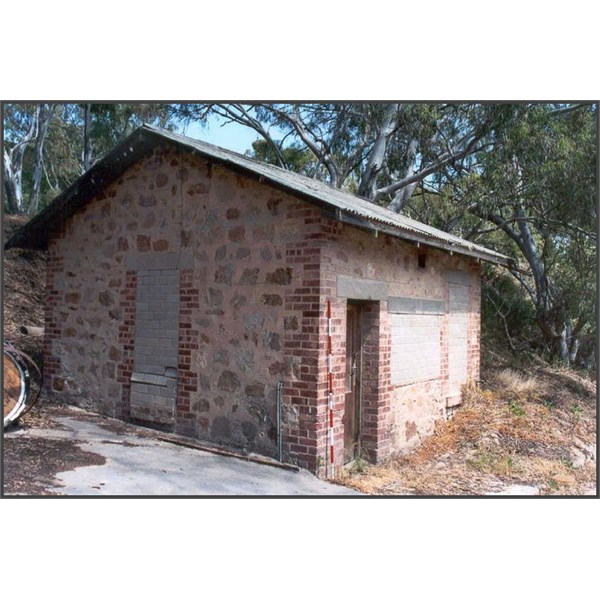
Original Weighbridge Building
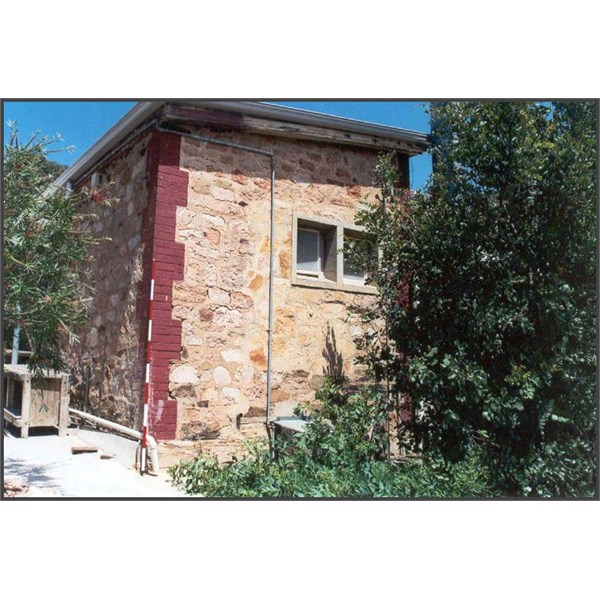
The Managers House, Stonyfell Quarry
Don Harris, whose father worked at Stonyfell, remembers visiting the quarry with his family and friends in a horse and cart in the 1910s. The greatest excitement of all was to be sped up the quarry slope in one of the empty trolleys as another one, fully laden with stones, came hurtling toward him, passing at a spur halfway, and then continuing down to the giant steel jaws of the crusher below.
In 1939, Stonyfell Quarry amalgamated with the other
Adelaide Hills quarries to become part of Quarry Industries. Stonyfell vineyard was sold to Penfolds Wines which still operates the vineyard today.
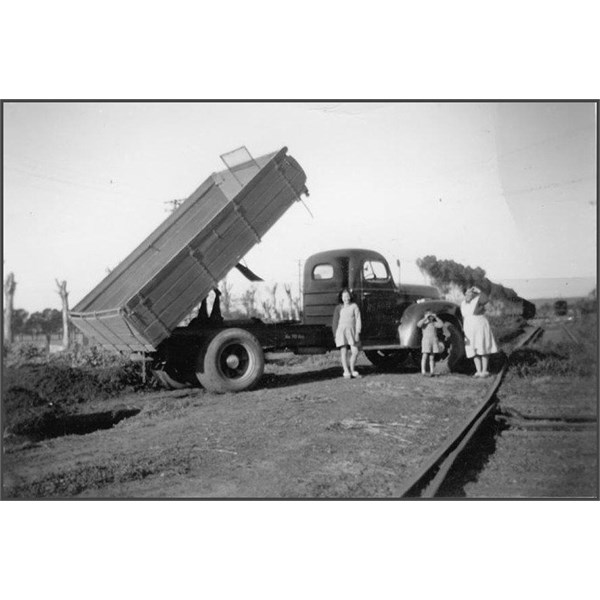
My Older Sister me in middle and Mum Tilley by our Tipper
Going back to the 1940's My Father had an International Tipper and carted out of Maryvale Quarry up the back of Athelstone off Montacute Road, I do believe he did a few loads from Stonyfell , and that would have been rare as his main jobs were from Maryvale. Maryvale was closed many years ago, looking on Google Earth there is little to see but there is a track named Quarry Track .
MERRY CHRISTMAS ALL.
.